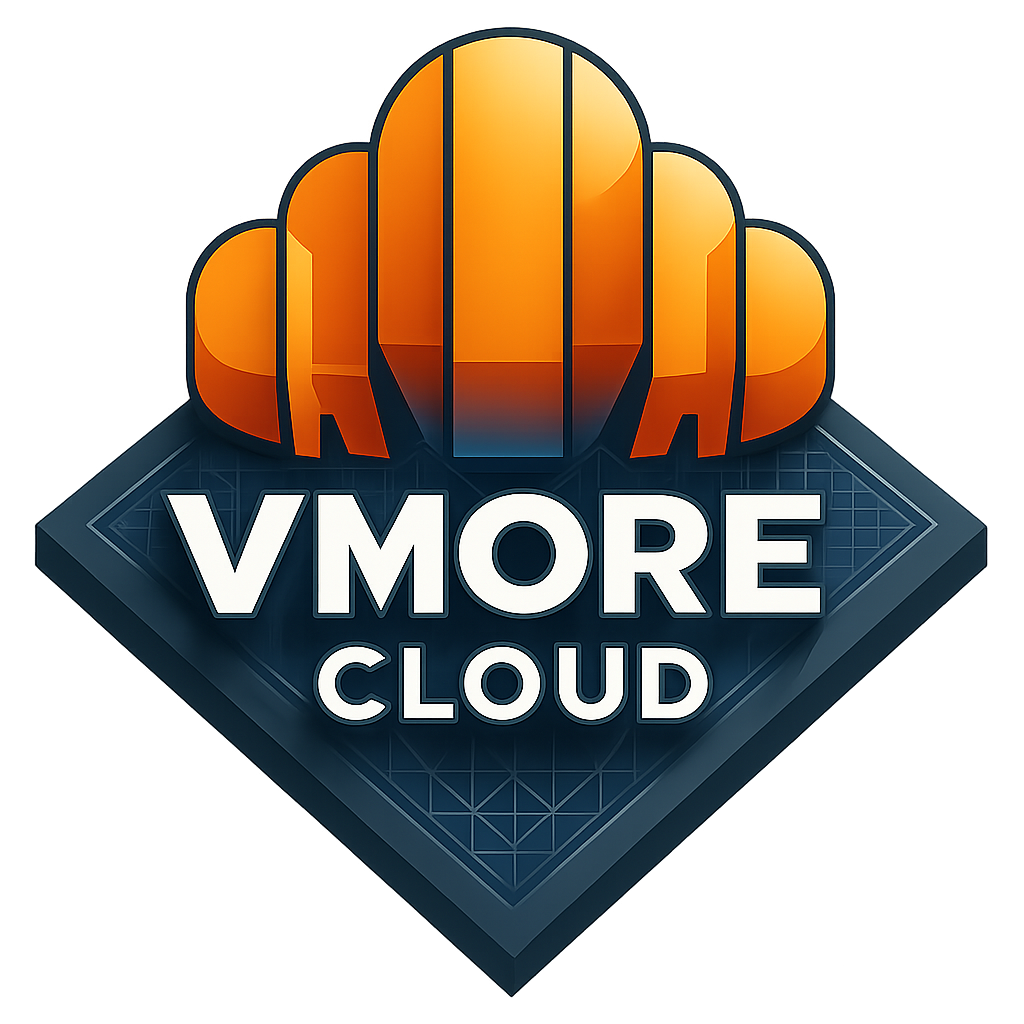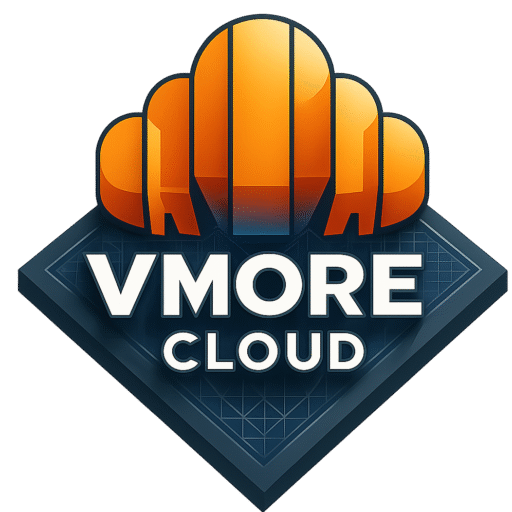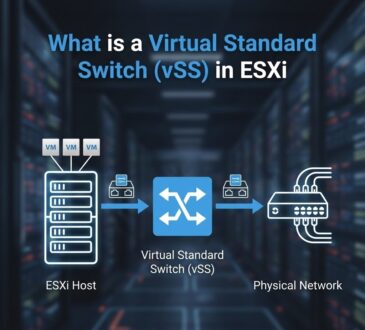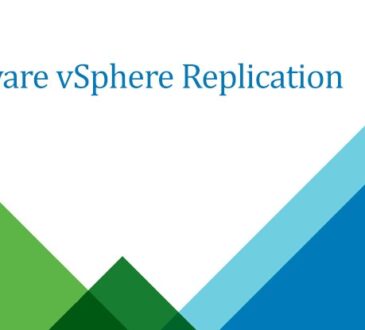Harvester vs VMware vSphere: A Comprehensive Comparison for Modern Infrastructure
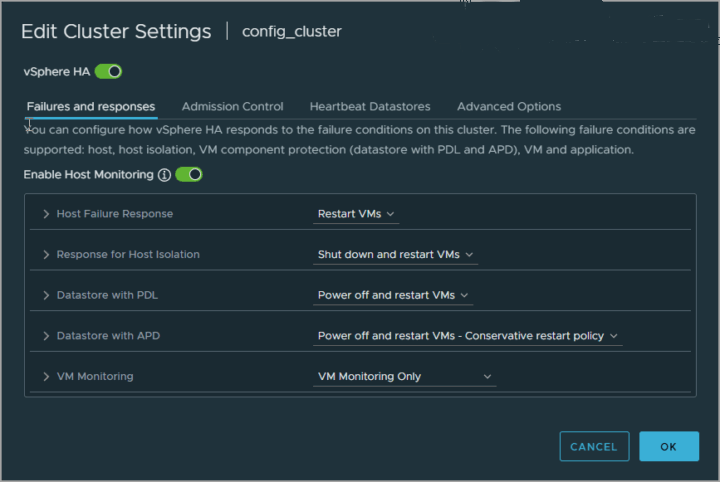
Harvester vs VMware vSphere: A Comprehensive Comparison for Modern Infrastructure
As organizations explore alternatives to traditional virtualization platforms, Harvester has emerged as a compelling open-source option. This hyperconverged infrastructure solution, developed by SUSE, offers a cloud-native approach to managing both virtual machines and containers. Let’s examine how Harvester compares to VMware vSphere across critical infrastructure capabilities.
Understanding Harvester’s Architecture
Harvester represents a new generation of infrastructure platforms that breaks away from traditional virtualization approaches. Built on Kubernetes and leveraging KVM through KubeVirt, it provides a unified platform for managing both virtual machines and containers through a modern web interface. This architecture choice reflects the growing trend toward cloud-native infrastructure, where Kubernetes serves as the orchestration layer for all workloads, whether they’re containerized applications or traditional virtual machines.
The platform uses KVM as its underlying hypervisor, which provides excellent performance and broad hardware support. KubeVirt acts as a bridge between the Kubernetes world and traditional virtualization, allowing virtual machines to be managed as Kubernetes resources. This integration means that VMs can benefit from Kubernetes’ scheduling, networking, and storage capabilities while maintaining the isolation and compatibility that virtual machines provide.
For production deployments, Harvester requires substantial hardware resources, with a minimum of 8-core CPUs, 32 GB of RAM, and 140 GB of SSD storage per node. The platform is designed to run on at least three nodes to provide high availability, reflecting its focus on distributed, resilient infrastructure design.
Feature-by-Feature Comparison
High Availability and Fault Tolerance
VMware vSphere HA VMware’s High Availability solution provides enterprise-grade protection through:
- Automatic VM restart on surviving hosts after failures
- Advanced monitoring including guest OS heartbeats
- Fault Tolerance for continuous availability (up to 8 vCPUs)
- Integration with vCenter for centralized management
- Mature admission control policies
Harvester HA Harvester’s availability features leverage Kubernetes principles:
- Automatic VM rescheduling on node failures
- Kubernetes-native health monitoring
- Distributed storage ensures data availability
- Simpler configuration through web interface
- Integration with cloud-native monitoring tools
Verdict: VMware offers more mature HA with advanced features like application monitoring and zero-downtime Fault Tolerance. Harvester provides solid basic HA that’s easier to configure but lacks some enterprise-grade capabilities.

Live Migration Capabilities
VMware vMotion vMotion has set the standard for live migration with:
- Zero-downtime VM migration between hosts
- Cross-vCenter migration capabilities
- Encrypted migration for security
- Integration with DRS for automated placement
- Support for long-distance migrations
Harvester Live Migration Harvester’s migration capabilities include:
- KubeVirt-based live migration
- Simple initiation through web GUI
- Kubernetes-native scheduling integration
- Consistent storage through Longhorn
- Focus on within-cluster operations
Verdict: VMware vMotion is more feature-rich with advanced capabilities like encryption and cross-datacenter support. Harvester’s migration is straightforward but limited to cluster-internal operations.
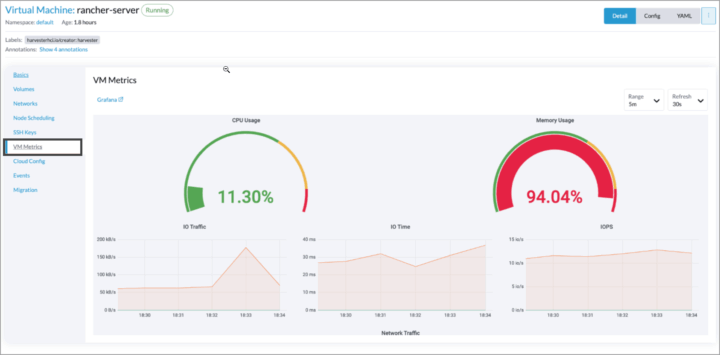
Resource Management and Scheduling
VMware Distributed Resource Scheduler (DRS) DRS provides sophisticated workload balancing through:
- Automated load balancing every 5 minutes
- Configurable automation levels
- Affinity and anti-affinity rules
- Resource pools for priority management
- Predictive DRS with AI integration
Harvester Resource Scheduling Harvester leverages Kubernetes scheduling with:
- Native Kubernetes scheduler integration
- Resource-aware VM placement
- Affinity/anti-affinity rules support
- Manual and automatic scheduling options
- Unified VM and container scheduling
Verdict: VMware DRS offers more granular control and advanced features like predictive scheduling. Harvester’s approach is simpler and works well for cloud-native environments but lacks the sophistication of DRS.
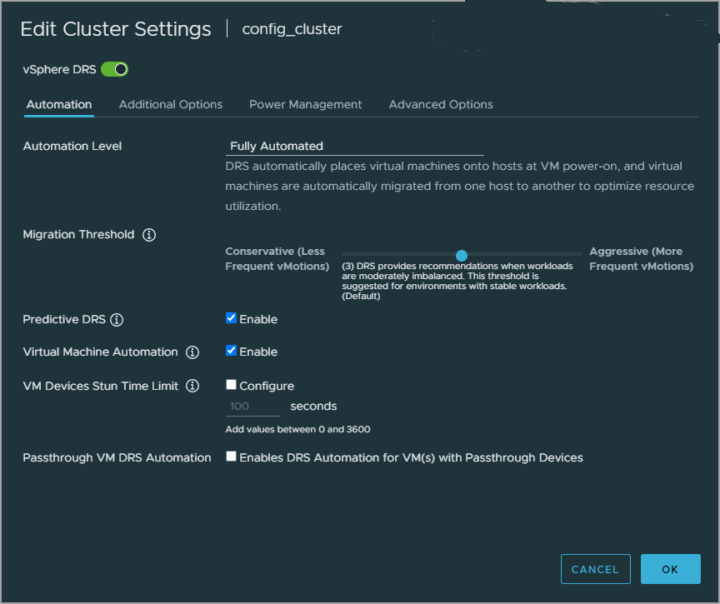
Network Virtualization
VMware NSX NSX provides comprehensive software-defined networking:
- Logical switching and routing
- Distributed firewalls and microsegmentation
- Load balancing and VPN services
- Advanced security policies
- Multi-cloud network management
Harvester Networking Harvester offers essential networking features:
- VLAN support and virtual IPs
- Kubernetes-native networking
- Integration with external switches
- Basic network isolation
- Simple web-based configuration
Verdict: VMware NSX is a full SDN platform with advanced security and multi-cloud capabilities. Harvester provides basic networking suitable for simpler environments but cannot match NSX’s comprehensive feature set.
Storage Management
VMware vSAN vSAN delivers enterprise storage with:
- Hyper-converged storage architecture
- Advanced data services (deduplication, compression)
- Storage policies and quality of service
- Integration with vSphere ecosystem
- Comprehensive monitoring and analytics
Harvester Storage (Longhorn) Harvester uses Longhorn for distributed storage:
- Cloud-native distributed block storage
- Automatic replication and backup
- Snapshot and restore capabilities
- Kubernetes-native storage management
- Simple GUI-based administration
Verdict: VMware vSAN offers more enterprise features and tighter integration with the virtualization layer. Longhorn provides solid distributed storage that’s well-suited for cloud-native workloads.
Cost Considerations
VMware vSphere Costs
- Licensing fees per CPU socket
- vCenter Server licensing
- Additional costs for advanced features (NSX, vSAN)
- Support and maintenance fees
- Training and certification costs
Harvester Costs
- No licensing fees (open-source)
- Optional SUSE support subscriptions
- Hardware and infrastructure costs
- Training and skill development
- Potential integration costs
Use Case Recommendations
Choose VMware vSphere When:
- Running large, complex enterprise environments
- Requiring advanced features like Fault Tolerance
- Need comprehensive ecosystem integration
- Have existing VMware investments
- Require mature support and documentation
Choose Harvester When:
- Adopting cloud-native infrastructure
- Budget constraints limit proprietary licensing
- Want unified VM and container management
- Prefer simpler, modern management interfaces
- Planning edge or hybrid cloud deployments
Migration Considerations
Moving from VMware to Harvester
- Assessment: Evaluate current VMware feature usage
- Planning: Identify compatibility requirements
- Testing: Pilot deployment in non-production
- Training: Prepare staff for Kubernetes concepts
- Gradual Migration: Phase transition to minimize risk
Skills and Training
- VMware Administrators: Need Kubernetes and Linux training
- Cloud-Native Teams: May find Harvester more intuitive
- Hybrid Approach: Consider maintaining both platforms initially
Getting Started with Harvester
Lab Setup
- Download the latest ISO from harvesterhci.io
- Deploy on at least three nodes for full testing
- Configure network and storage settings
- Explore the web-based management interface
- Test VM deployment and management
Production Deployment
- Plan hardware requirements and network topology
- Prepare infrastructure documentation
- Configure high availability settings
- Implement backup and disaster recovery
- Establish monitoring and maintenance procedures
Future Outlook
Harvester Development
- Continuing integration with Kubernetes ecosystem
- Enhanced enterprise features
- Improved migration tools
- Expanded cloud provider integrations
VMware Evolution
- Continued focus on hybrid cloud
- Enhanced automation capabilities
- Integration with modern DevOps workflows
- Subscription model transitions
Conclusion
Harvester presents a compelling alternative to VMware vSphere, particularly for organizations embracing cloud-native architectures. While VMware maintains advantages in enterprise features and ecosystem maturity, Harvester offers a cost-effective, modern approach to infrastructure management.
The choice between these platforms depends on your specific requirements, budget constraints, and strategic direction. VMware excels in traditional enterprise environments requiring advanced features and comprehensive support. Harvester shines in cloud-native scenarios where simplicity, cost-effectiveness, and unified VM/container management are priorities.
Consider starting with a proof-of-concept deployment to evaluate Harvester’s capabilities in your environment. This hands-on experience will provide valuable insights into whether this emerging platform aligns with your infrastructure goals.
For organizations committed to open-source solutions and cloud-native practices, Harvester represents an exciting opportunity to modernize infrastructure while reducing licensing costs. However, ensure your team has the necessary skills and that the platform meets your specific availability and performance requirements before making a full transition.
Click here to download harvester ISO from Official website.
- Design
